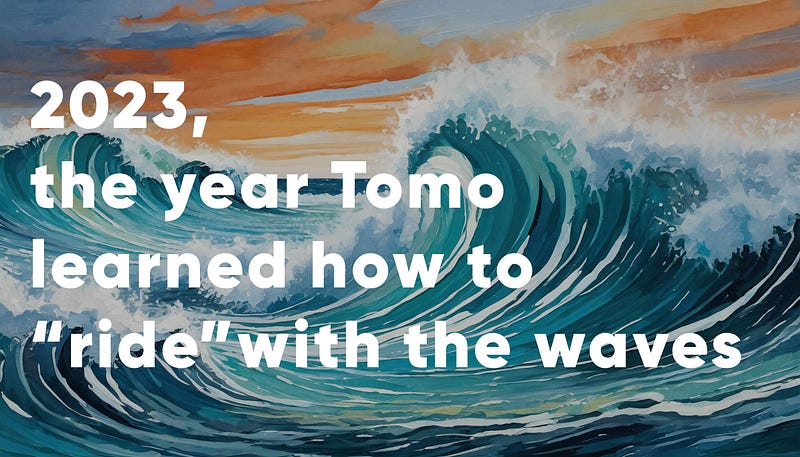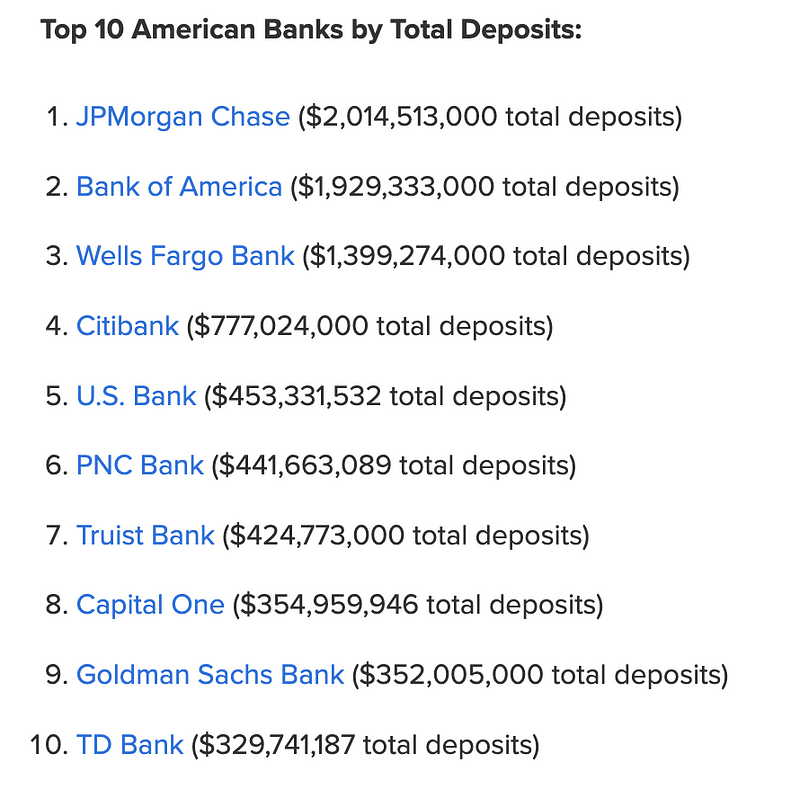
2023, the year Tomo learned how to “ride”with the waves
It has been 5 years since Tomo launched and we continue to surf the unpredicted waves of fintech to ultimately continue our mission of building a better tomorrow. I’m not saying it was easy, but we’re proud of what we’ve achieved around credit building and credit repair.
When we launched our first product, TomoCard, we received an overwhelming amount of interest while improving the lives of our customers.
- 3.5 Millions users
- Users’ credit scores increasing by 29 points on average*
- Over 200,000 total customers answered that they saw positive changes in their credit report within the first 6 month period. And Tomo helped them feel more confident about their personal finance.
- Able to offer personalized insights on cash flow and its impact on credit health
- Leverage our proprietary technology to give users personalized credit building tips

We refined our product over the years, but all in service of continuing to fulfill our mission for the long term.
We remain quick and agile as we launched our second product, TomoBoost, a credit repair service that can boost credit scores intelligently using real time data. We are continually improving our product and have rich insights to help our customers.
- Since 2019, we gathered 18 million verifiable bank accounts data based on users’ consents
- Customers want Tomo to help them with two topics which we are building our product around. (1)Learn more about their personal finance, especially about personal credit (2)Get instant insights of their cash flow in and out, so they can better manage their cash flow.
That brings us to now.
2023 was a challenging year for fintech startups, but also presented upside opportunities for those who figured out how to adapt quickly. Let me explain. First off, a series of unimaginable events happened in the beginning of 2023:
- Rate Increase: Lending startups struggled as the cost of capital doubled, making it challenging to maintain margins. For many fintech companies, cash is their product, and when the cost of goods (cost of capital) goes up too high, lending fintech startups simply cannot survive. It seemed like only big banks could weather this storm, as they do have billions of customer deposits that fintechs simply don’t have. (below is the 2022 FDIC datapoint).

Source: Dec. 31, 2022, data from the FDIC.
2. Riding the shifts in Consumer Trends: With the rate increase, consumers became more vigilant with managing their personal finance (both personal credit and spending in general). If you think about it, back in 2021, everyone got good rates — with or without a good credit score. Now, with a score below 650, you are simply in trouble. This made credit building popular, with high user demand- Tomo was able to ride the wave at the perfect timing. The key here was listening to our customers who have been with us since 2019 and learning what they liked or disliked about Tomo.
Also, we noticed that the credit building space is ripe for innovation; the space has been lacking new data driven products in the past decades. With huge consumer demand, Tomo launched in 2019 with our own proprietary technology to give users personalized credit building tips.
3. Startups, by nature, are resilient. We are not the smartest or the wealthiest, but oh boy, we are resilient. That means many founders figured out — or had to figure out. When founders are faced with this type of market events that are out of their control, they are forced to focus on “internal data and IP.” For example, for Tomo, we built our own proprietary cash flow data in the past 5 years, and we gathered over millions of bank account data (checking accounts, savings accounts, investment accounts, 401k, etc.). We used the cash flow data to build “TomoScore,” an AI-powered cash flow management solution. This allowed us to help our customers manage their cash flow easier and manage their debt/credit better. This became a big hit as it aligned with the customer trends of being vigilant with money
Closing thoughts:
I first landed in the U.S. as a student without a credit score, without a U.S. bank account. I am beyond grateful that in 2024, I get to continue to challenge the status quo with an amazing, world class team at Tomo. Many people say that good intentions are not enough because it seems too easy, but our team at Tomo are “doers” with good intentions committed to building a better tomorrow. We, at Tomo, deeply thank each and every one of our supporters. It is simply impossible to challenge the status quo in finance unless it is done with careful, well-thought out collaborations. We are in this together.
** Average outcome for customers who opened a Tomo account in Q1 2022, starting VantageScore 3.0 under 600, who made on-time payments. Other factors, including activities at other lenders may impact results. Tomo reports both positive and negative on-time payments history based on their bank data.